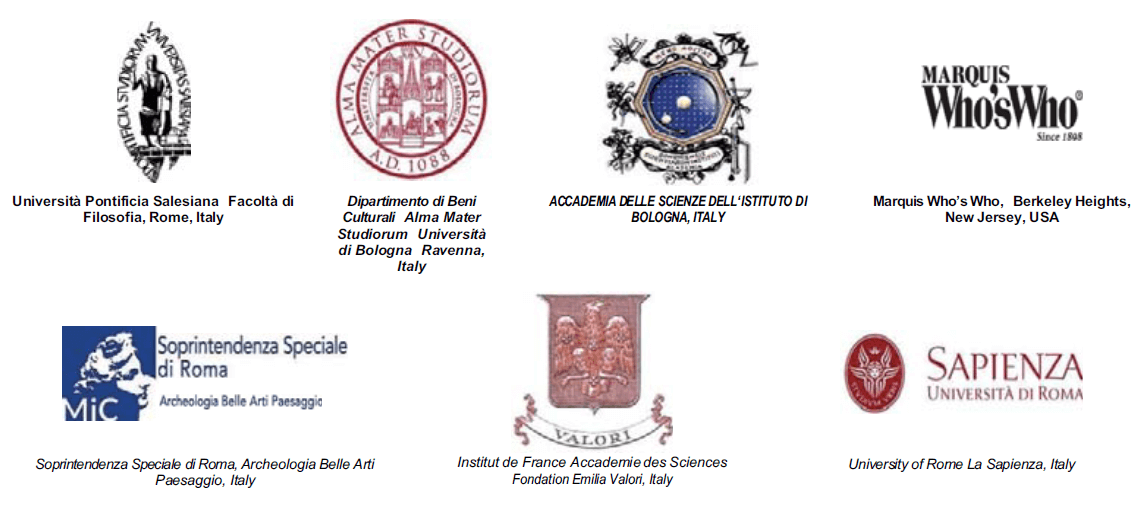Spatial Turn in History and Heritage Site as An Interface Between Past and Present
DOI:
https://doi.org/10.6092/issn.1973-9494/5442Keywords:
heritage site, Pan River, past, value, signification, historic spaceAbstract
The historical space is an important idea to blur boundaries between time and space. As showed in the case of Pan River, I have demonstrated value and signification of heritage site could be sensed through the spatial narrative written by the ancient. It was like a star in the sky holding the potential to lighten the way of the present to the future. Ancient site in Qufu’s local gazetteer was recorded as ancient traces, where “the righteous men went to the site, viewing traces and behaviors towards imagining the ancient.” China holds heritage sites of a great number for sure, but the value of using them is to step on the traces of the ancient and think with a dialogical heart, only in this way could we still feel the unchangeable power in historical space and be touched. Moreover, it is how no matter how ruined or vacant this site will be, it could still be sensed as a respective place as moral space.References
Smith, L. Uses of Heritage [M].London: Routledge, 2006:11
侯松, 吴宗杰: 遗产研究的话语视角: 理论• 方法• 展望[ J ] , 东南文化,2013(3)
Fairclough, G. (1993) Discourse and Social Charge, Cambridge: Polity Press.
Smith, L. Uses of Heritage [M]. London, Routledge, 2006,11
Smith, L. & Water¬ton E, Heritage. Communities and Archaeology, London: Gerald Dockworth and Co., 2009
Smith, L. Uses of Heritage [M]. London, Routledge, 2006, 77
Gimblett, B. K. (Ed.) Destination culture: Tourism, museums, and heritage [M]. University of California Press, 1998.
Smith, L. Archaeological theory and the politics of cultural heritage [M]. Rout¬ledge, 2004.
Smith L.,Waterton E. and Watson S. (eds.)The Cultural Moment in Tourism [M] New York: Routledge, 2012
钦白兰 吴宗杰 丰 杨. 遗址历史空间的深度绘图及其经义接续[J],东南文化,2014 (4).
Warf, B., & Arias, S. (Eds.).The spatial turn: Interdisciplinary perspectives[M]. New York: Taylor & Francis, 2008.
见“曲阜实施大水系生态建设工程
引泗河水入明故城”(http://www.ccgp.gov.cn/ gccg/internal/201202/t20120216_1996474.shtml)
Bodenhamer D. Beyond GIS: Geospatial Technologies and the Future of History. In: von Lünen A. and Travis C. (eds) History and GIS Epistemologies, Consider¬ations and Reflections [M]. New York:Springer, 2010
Warf, B., & Arias, S. (Eds.).The spatial turn: Interdisciplinary perspectives[M]. New York: Taylor & Francis, 2008.
Bodenhamer D. The Potential of Spatial Humanities. In: Bodenhamer DJ, Cor¬rigan J, and Harris TM (eds) The Spatial Humanities: GIS and the Future of Humanities Scholarship [M]. Bloomington, Indiana University Press, 2010
David J. Bodenhamer, John Corrigan, and Trevor M. Harris (edits). Deep Maps and Spatial Narratives. Upcoming: 2/4/2015
吴宗杰.话语与文化遗产的本土意义建构[J].浙江大学学报, 2012 (5).
周光庆. 由中国训诂学走向中国解释学[J].长江学术, 2009 (3).
李鸿渊.孔庙泮池之文化寓意探析[J].学术探索, 2010(2).
毛亨 汉《毛诗注疏》:卷第二十[M] 清阮刻十三经注疏本
Walter Benjamin. (1936) The Work of Art in the Age of Mechanical Reproduction Source.
李樗 宋《毛诗集解》:卷二十一[M] 清文渊阁四库全书本
于慎行 纂《(万历)兖州府志》:卷之十八[M] 天一阁藏明代地方志选刊
穆彰阿 清《(嘉庆)大清一统志》:卷一百六十五;一百六十六[M]四部丛刊续编景旧钞本
Downloads
Published
How to Cite
Issue
Section
License
Copyright (c) 2014 Qin Bailan
Copyrights and publishing rights of all the texts on this journal belong to the respective authors without restrictions. Authors grant the journal right of first publication.
This journal is licensed under a Creative Commons Attribution 4.0 International License (full legal code).
See also our Open Access Policy.






